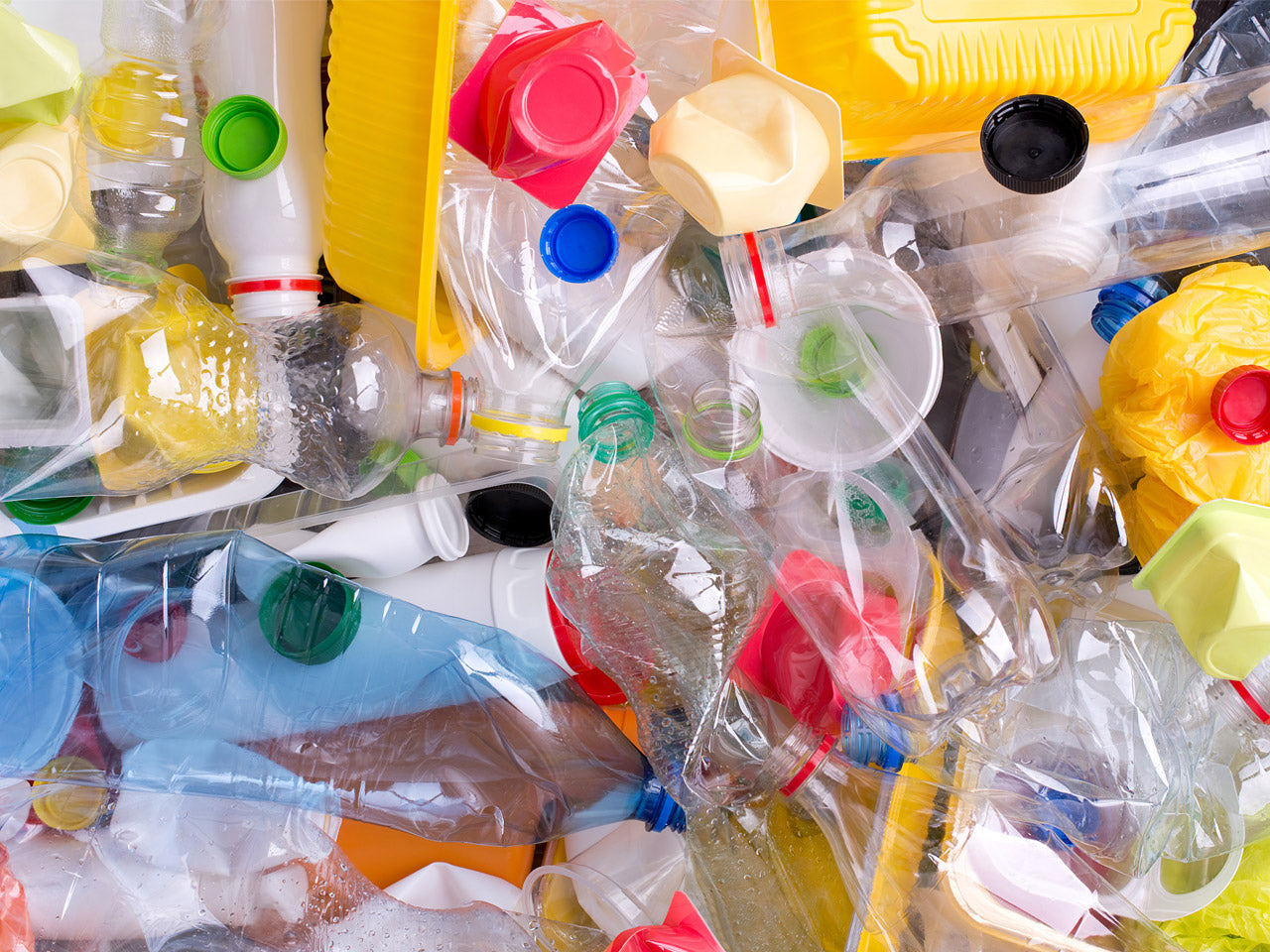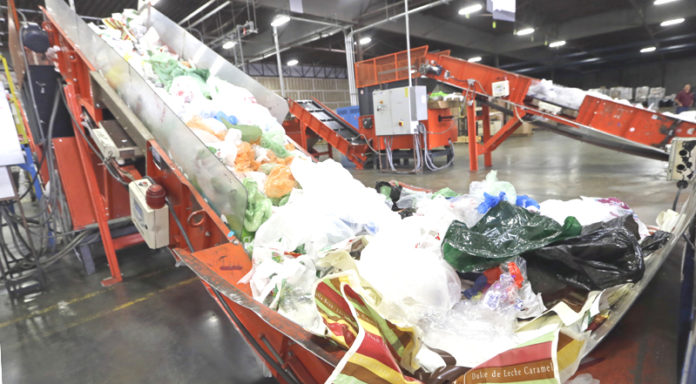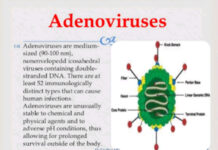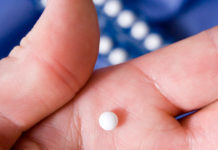Plastic pollution causes
Plastic pollution is caused by the accumulation of plastic waste in the environment. It can be categorized in primary plastics, such as cigarette butts and bottle caps, or secondary plastics, resulting from the degradation of the primary ones. It can also be defined by its size, from microplastics – small particles (<5 mm) of plastic dispersed in the environment – to macroplastics.
Plastic pollution can take different forms including:
- The accumulation of waste
- The accumulation of marine litter, fragments or microparticles of plastics and non-biodegradable fishing nets, which continue to trap wildlife and waste
- Waste causing the death of animals by ingestion of plastic objects
- The arrival of microplastics and microbeads of plastics from cosmetic and body care products
Since its commercial development in the 1950s, plastic has been a real success. Its global production is growing exponentially. Its success comes from its remarkable qualities: ease of shaping, low cost, mechanical resistance, etc. Being the ideal material for packaging, plastic is basically everywhere.
But what are the causes of plastic pollution?
Negligence is the main cause. In fact, it is estimated that 80% of marine litter comes from land. This pollution comes mainly from household waste, which is poorly recycled, dumped in landfills or abandoned in nature. This waste is carried by the winds, pushed by the rains into sewers, streams, rivers, and finally in the oceans. Natural disasters such as floods must be considered as other causes of plastic pollution as well.
Plastic pollution effects
This pollution can have harmful effects on the land and rivers by affecting wildlife and habitat, but also on human health.
Photo by freestocks.org on Pexels
ON THE ENVIRONMENT
This plastic debris represents a chemical pollution in several ways. They contain compounds that can be chemically transferred to organisms during ingestion. Some of these molecules are potentially toxic and can accumulate in the body. Besides, plastic bags also affect the growth of crops, by hindering the process of photosynthesis in agricultural fields.

ON ANIMALS
The most direct effect of plastic pollution is the imprisonment of animals in nets or large debris. It is a cause of significant mortality of marine mammals, turtles and birds. A second direct effect is ingestion, that concerns the entire food chain of the marine ecosystem.

ON HUMANS
Because of the chemical additives used during plastic production, plastics have potentially harmful effects on human health. Indeed, exposure to toxic chemicals coming out of plastic can cause cancers, birth defects, impaired immunity and other health problems.
Plastic pollution solutions
How to solve plastic pollution?
Aside from cleaning up our oceans, which is a very significant first step but not a long-term solution, the best way to address plastic pollution is to change our mindsets and habits with this controversial but nonetheless very useful material:
1.Reduce
To efficiently reduce plastic pollution, there is an evident need of reducing our usage of plastic. It means changing our everyday behaviors an not using plastic when there is a better alternative to it and only using plastic when strictly necessary.
2.Reuse
Plastic may cause pollution when poorly managed but it has lots of advantages too, such as being resistant. Many plastic items can therefore be reused or used for different purposes. Before throwing plastic items, it is important to consider how they can be reused.
3.Recycle
Plastic recycling consists of collecting plastic waste and reprocessing it into new products, to reduce the amount of plastic in the waste stream.
4.Educate
Another crucial solution is education in order to increase awareness and behavioral change.
How to reduce plastic waste?

You wake up this morning and go to brush your teeth. You then go get dressed and take a shirt and a pair of pants off your hangers in your closet. Before leaving for work, you pack your lunch for the day and put your sandwich in a Ziplock bag, pack a to-go fork and knife packet, grab a water bottle, and use a grocery bag to hold your items.
In just the 30 minutes it took you to get ready for the day, you used 7 plastic items, which could easily be replaced with more sustainable products, that will most likely find their way into the ocean where it will turn into a threat for marine life.
Plastic toothbrush
Plastic clothes hangers
Plastic sandwich bag
Plastic fork
Plastic knife
Plastic water bottle
Plastic grocery bag

We’ve come up with 15 ways you can reduce your plastic consumption to help create a more hopeful future for the fate of our oceans
1. Say NO to plastic straws…
…and say YES to reusable ones. We use more than 500 MILLION plastic straws every single day. Think about it: when you order coffee at a restaurant or cafe, you don’t use a straw to drink it. So why do you need a straw for your water or soda? Saying NO to single-use straws is easier than you think. Restaurants and bars have the tendency to give you a plastic straw even before you have the chance to let them know you’d rather not have one, so make sure upon ordering drinks that you let your waiter or bartender know you are okay with no straw. If you would prefer to use a straw, there are great alternatives such as steel, bamboo, and glass straws that you can carry with you and can use them time and time again.
2. Bring a reusable shopping bag with you
More than 1 million bags are used across the globe every day and annually, about 500 billion plastic bags are produced. Whether you are going grocery shopping at the supermarket or going on a shopping spree at the mall, bring your own bag with you. Most reusable bags are only about 99 cents – a small investment to help out our planet.
3. Get rid of the plastic water bottle
Most stores and many companies make a variety of reusable water bottles. Made in all sizes, shapes, and materials, there is no reason to continue to use plastic water bottles. A single person using a reusable, refillable water bottle instead of single-use plastic water bottles can save as much as 170 bottles from being produced each year. If a family of 5 all hopped on board with this greener practice, that means as a family they would stop about 850 water bottles from having to be produced.

4. Pack your lunch in glass containers instead of plastic
Ditch the plastic Ziplock baggie and use something more eco-friendly than single-use plastic. There are many brands that make glass containers with lids for all of your packed-food needs. Mason jars are also another creative and hip way to pack your foods for lunch.
5. Avoid snacks/food with excess packaging
We’re all guilty of this. You buy a huge plastic bag filled with even smaller plastic bags of snack-size chips. Think of all the unnecessary packing that goes into the food on the shelf. Also, some supermarkets will wrap each fruit or vegetable individually in plastic wrap. Instead of throwing it away, leave the plastic wrap with your grocer so that they can reuse it for other products.
6. Stop using plastic cutlery
When you get a take-out order, you will automatically be given a set of plastic cutlery. Before you take your food, make sure to ask for no plastic fork, spoon, or knife. Chances are if you are taking the food home, you have silverware readily available and do not need to waste the plastic cutlery. If you are taking your food to-go and bringing it back to work, keep a cheaper set of silverware at work that you can wash off and use over and over again. This also guarantees that you will never be utensil-less for another lunch again!

7. Choose cardboard over plastic when you can
Cardboard can be more easily recycled and unlike plastic, will biodegrade over time. While plastics can be recycled as well, buying products when you can that are in cardboard boxes such as laundry detergent will help to reduce the plastic that needs to be produced.
8. Swap out your plastic toothbrush
Whether you believe it or not, every single toothbrush affects the environment. One billion plastic toothbrushes are thrown out every single year, creating about 50 million pounds of waste annually. There have not been any scientific research results that plastic toothbrushes perform better over bamboo ones. Just like plastic toothbrushes, bamboo brushes needed to be replaced just as often, about every 3 months, but the handle of a bamboo toothbrush only takes about 6 months to biodegrade back into the soil. On the other hand, a plastic toothbrush will never biodegrade and will remain in the environment forever.
9. Avoid cosmetic products that contain microbeads
Countries are making this easier to do as more and more countries are putting a ban on the production of plastic microbeads in most cosmetic items. The UK is the latest country to issue a ban which will become effective beginning in July of this year. Millions of plastic microbeads are washed down the drain each year, posing a serious threat to marine life who mistake these small plastic particles for food. Choose bath and shower soaps that do not contain microbeads the next time you go to purchase one of these items.

10. Choose metal over plastic razors
Sure, a metal razor may be a little heavier to hold than a plastic one, but the long-term result of discarded plastic razors is even heavier on the heart. 2 BILLION plastic razors are discarded every year – and discarded does not mean they were recycled. Invest a little more into a reusable metal razor and ditch the plastic – but in a recycle bin!
11. Get the hang of using wire hangers
Almost any other type of hanger is better than plastic. Almost 90% of the clothes sold in the USA are imported from overseas. Unfortunately, almost every single garment sent over also comes on its own individual hanger – meaning 30-40 billion hangers are sent to the US every year. If you laid out all of these hangers, they would stretch 8 million miles, far beyond the orbit of the moon. Even worse? 85% of these hangers do not get reused or recycled but instead, end up in a landfill. Switch to metal, steel hangers instead. Steel hangers are 100% recyclable and not to mention, usually last longer than most flimsy plastic hangers.

12. While you’re at it, get rid of the plastic hampers too
Speaking of flimsy, we move on to plastic hampers. Another plastic commodity that we can all live without. So what can we use instead of plastic hampers? Try bamboo! Bamboo products are typically sturdy and pose no serious threat to the environment. You can place a cloth burlap bag inside the bamboo hamper and easily take the bag out to do laundry.
13. Switch to e-billing
It’s 2018… and you still get your bills mailed to you? E-billing may very well be one of the most overlooked green practices that we could all be doing. While there may not be a whole lot of plastic involved with receiving bills in the mail, there are many over ecological benefits for signing up for e-billing. The average American household can save 6.6 pounds of paper each year and avoid producing 171 pounds of greenhouse emissions. Call your billing provider today to get started on a more eco-friendly way to pay bills.
14. Paper newspapers are a thing of the past
That newspaper that sits on your driveway may seem convenient, wrapped in the unnecessary plastic wrapping. However, chances are, whatever headlining story will be on the front page of the newspaper has already aired on every televised news station and you’ve already read about it online. If you don’t want to give up the joy of reading a newspaper, sign up for an electronic one! Companies make it easy not with iPads, Kindles, and all other forms of tablets to receive the news you want when you want it.

15. If it’s plastic, think twice.
While this last point is not a specific item, we realize that there are many other ways to help reduce your plastic intake than the 14 listed on this blog. Everything from the toys that kids are playing with to the many plastic supplies used for a birthday party, plastic items are all around us. While we understand that avoiding plastic at all costs is near impossible, we encourage you to avoid it when possible and to think twice before purchasing a plastic item that can easily be replaced.





















































